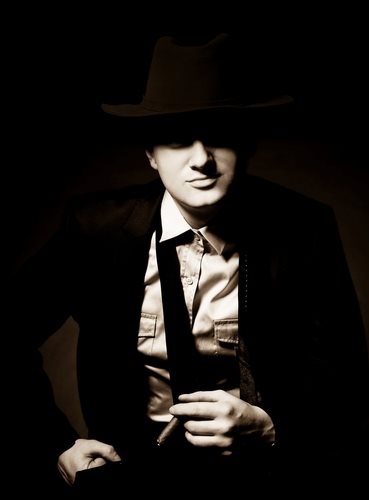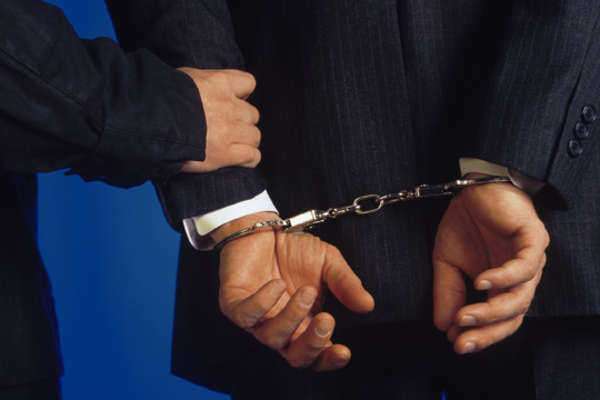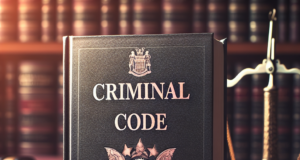Colorado Springs Man Guilty of Robbery and Gun Charges

On November 21, 2012, the US Attorney’s Office for the District of Colorado announced that Joshua Bodean Smith of Colorado Springs, Colorado was found guilty of two counts of armed robbery that violated the Hobbs Act. He was also convicted of two counts of possessing a firearm during a violent crime.
Bianca Sota, the co-defendant, was named in the indictment, but she was acquitted of similar crimes.
Smith is scheduled for sentencing on February 22, 2012 before U.S. District Court Judge Christine M. Arguello.
The indictment and facts made at trial indicate Smith robbed a store on South Nevada Avenue called Cricket Communication Store on August 31, 2010. He also robbed a Burger King restaurant on October 11, 2010 near the Fort Carson military base, and he used a firearm during both of the robberies.
Smith now faces up to 20 years for each counts of armed robbery that violated the Hobbs Act. He faces a mandatory and consecutive 10 years to life for using a firearm during the first robbery, and he faces a mandatory and consecutive 25 years to life for using a firearm during the second robbery.
U.S. Attorney John Walsh stated: “The defendant in this case used a deadly weapon during two robberies. Thanks to the trial team, the FBI, Colorado Springs Police Department, and Army Investigators, he faces decades in federal prison—and Colorado is a safer place.”
The FBI, Colorado Springs Police Department, and the Army Criminal Investigation Division at Fort Carson investigated the case.
James Yacone, FBI Denver Special Agent in Charge, stated: “On behalf of the FBI, I would like to thank the jury for its service. The verdict for Smith is a just result in light of the violent acts he committed and the manner in which he endangered innocent citizens.”
Source: Federal Bureau of Investigation
























